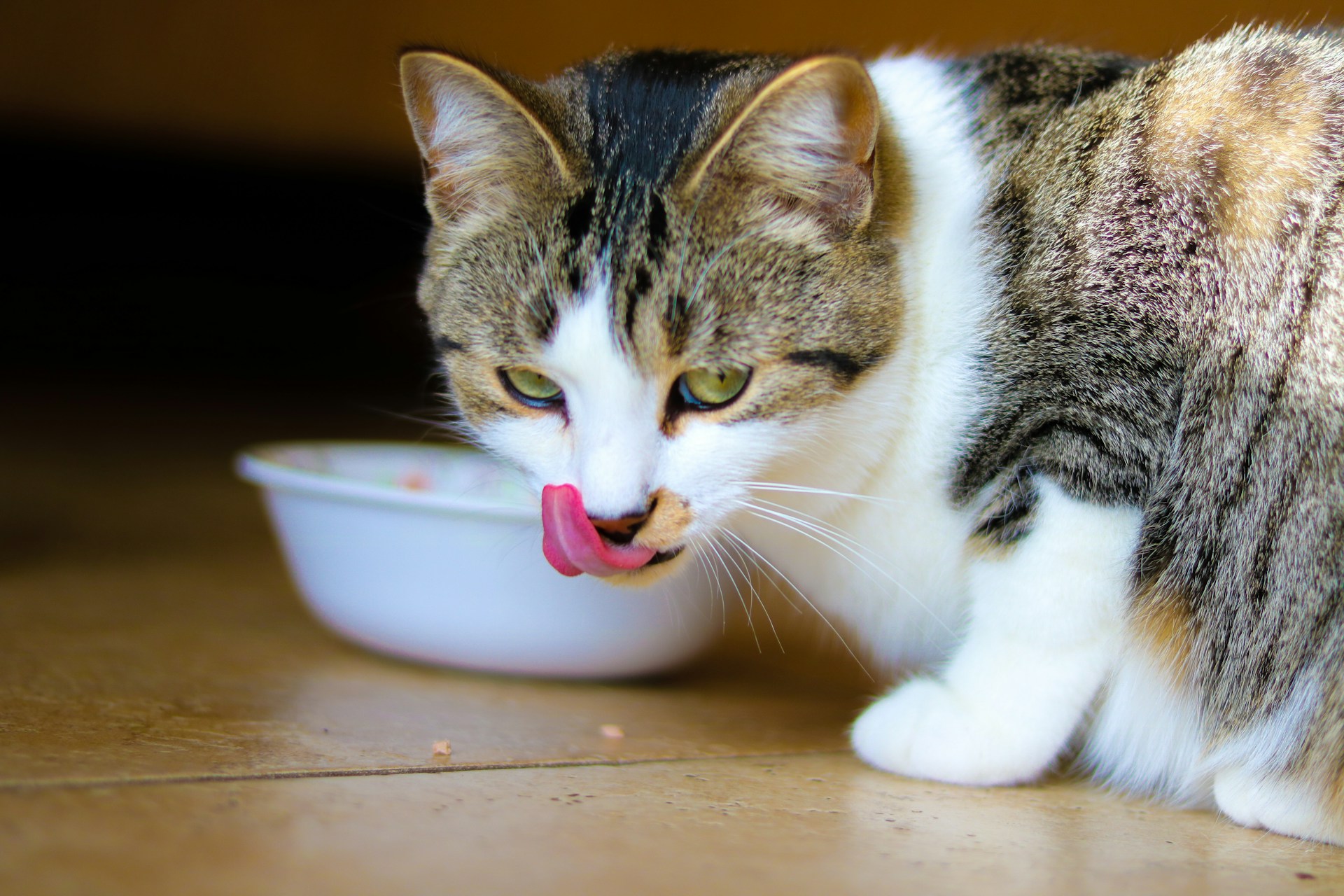Switching your cat to a new diet can be a game-changer for their health, but it needs to be done carefully to avoid stress or digestive issues. Whether you’re upgrading to a higher-quality food, addressing a health concern, or simply trying something new, a smooth transition is key. Cats can be picky, and sudden changes may lead to refusal or upset stomachs. This guide shares expert tips on how to transition cat food safely, ensuring your feline friend stays happy and healthy. Let’s explore the process and make diet changes stress-free.
Why Diet Changes Are Needed
There are many reasons to switch your cat’s food. A vet may recommend a new diet to address health issues like allergies, obesity, or urinary problems. Kittens transitioning to adult food or senior cats needing lower-calorie diets also require changes. You might want to upgrade to a premium brand with better ingredients or switch from dry to wet food for better hydration. Cost, availability, or your cat’s preferences can also prompt a change. Whatever the reason, a gradual transition helps your cat adjust without stress, ensuring they get the nutrition they need.
Gradual Transition Process
Cats have sensitive digestive systems, so sudden food changes can cause vomiting, diarrhea, or refusal to eat. A gradual transition over 7-10 days is best. Follow these steps:
- Days 1-3: Mix 25% new food with 75% old food. Start with small portions to gauge your cat’s reaction.
- Days 4-6: Increase to 50% new food and 50% old food. Monitor for signs of digestive upset or refusal.
- Days 7-9: Use 75% new food and 25% old food. Your cat should be adjusting to the new taste and texture.
- Day 10: Feed 100% new food, but continue observing for any issues.
If your cat shows signs of distress, slow the process by extending each phase. For very sensitive cats, a 14-day transition may be better. Always provide fresh water to support digestion.
Monitoring Your Cat’s Reaction
During the transition, watch your cat closely for signs of acceptance or issues. Positive signs include normal eating habits, consistent energy, and firm stools. Warning signs include vomiting, diarrhea, lethargy, or refusal to eat. If these occur, slow the transition or consult your vet. Check your cat’s weight weekly to ensure they’re maintaining a healthy body condition—ribs should be felt but not seen. Monitor their coat and skin for improvements or issues, as diet changes can affect appearance. Keeping a journal of their behavior and appetite can help you track progress and spot problems early.
Addressing Picky Eating
Cats are notorious for being picky eaters, which can complicate diet changes. If your cat refuses the new food, try these tips:
- Mix in Favorites: Add a small amount of their favorite treat, like tuna juice or wet food, to make the new food more appealing.
- Warm the Food: Slightly warming wet food (not hot) enhances its aroma, enticing picky eaters.
- Offer Small Portions: Serve small amounts of the new food to avoid overwhelming your cat.
- Stick to a Routine: Feed at the same time and place daily to create familiarity.
- Be Patient: Some cats take weeks to accept new food. Avoid giving in by returning to the old food, as this can reinforce pickiness.
If pickiness persists, consult your vet to rule out health issues or discuss alternative foods.
Long-Term Diet Success Tips
Once your cat is fully transitioned, maintaining a healthy diet ensures lasting benefits. Stick to a consistent feeding schedule—two meals a day for adult cats, three for kittens. Measure portions to prevent overfeeding, using guidelines on the food package and adjusting for your cat’s weight and activity level. Keep food fresh by storing dry food in airtight containers and refrigerating opened wet food. Regularly check with your vet to ensure the diet meets your cat’s evolving needs, especially as they age. For more feline nutrition advice, visit Friends With Tail.
Key Takeaways
Transitioning your cat to a new diet can improve their health and happiness when done thoughtfully. By understanding why changes are needed, following a gradual process, and addressing pickiness, you can make the switch smooth and successful. Monitor your cat’s reaction and maintain a consistent routine for long-term success. With patience and care, your cat will thrive on their new diet. Explore more cat diet change tips at Friends With Tail to keep your feline friend healthy and content.

